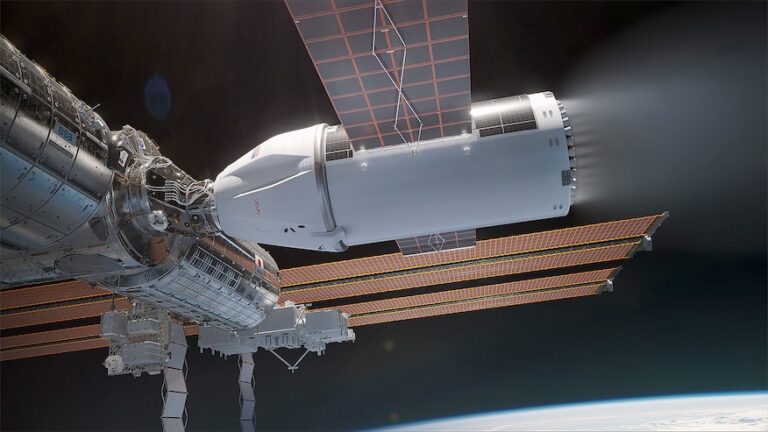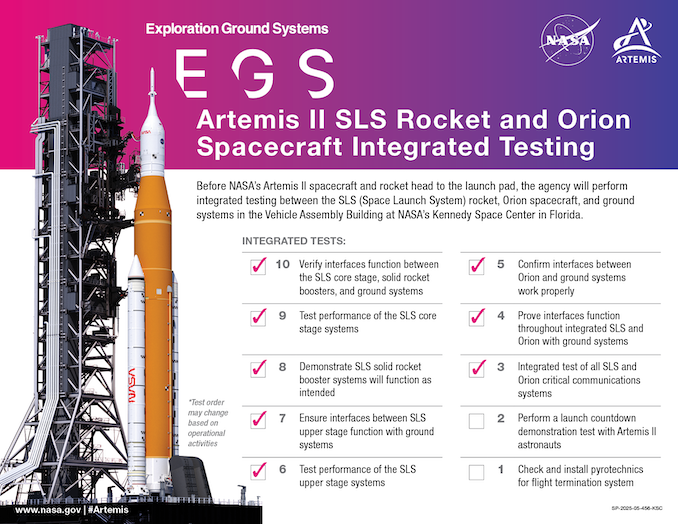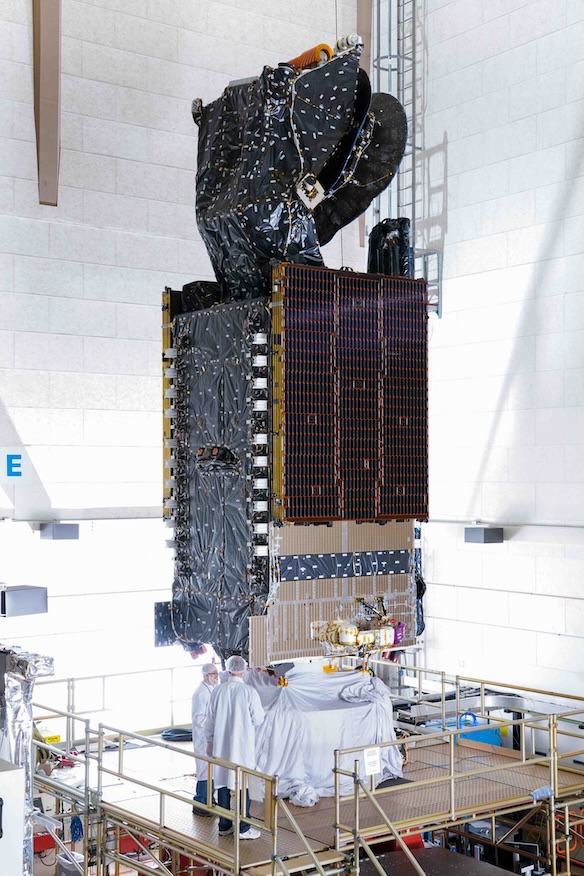Now Reading: ispace’s Resilience lander crash lands on the Moon
-
01
ispace’s Resilience lander crash lands on the Moon
ispace’s Resilience lander crash lands on the Moon

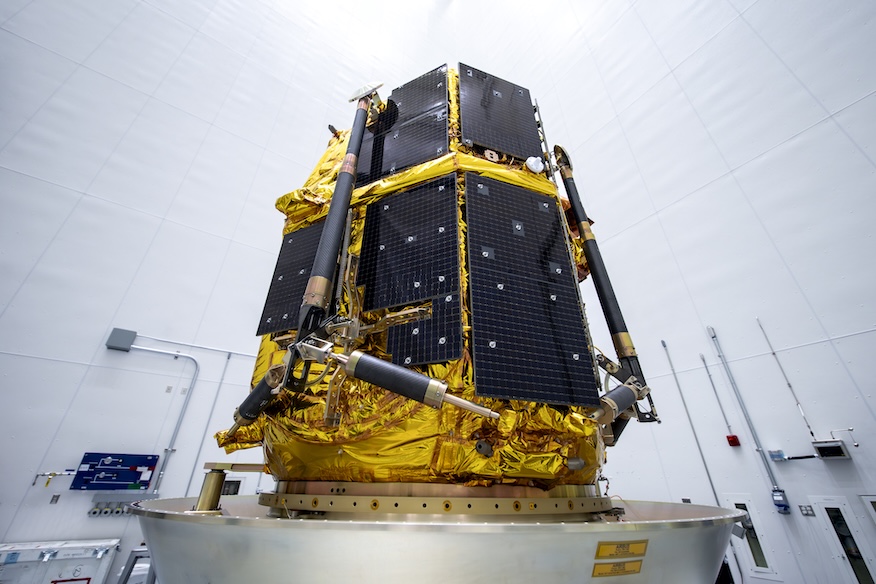
In a horrible case of deja vu, Japan-based company ispace got to the finish line with its robotic lunar lander, but was unsuccessful in safely touching down on the Moon’s surface.
The landing attempt came about 4.5 months after the lander lifted off on a Falcon 9 rocket from Cape Canaveral Space Force Station. It was part of a rideshare mission alongside the Blue Ghost lander from Firefly Aerospace.
Mission teams in Japan made the call at about 8 a.m. JST (7 p.m. EDT, 2300 UTC) that due to the lack off communication from the lander, named Resilience, likely suffered what’s referred to as a “hard landing.”
“Given that there is currently no prospect of a successful lunar landing, our top priority is to swiftly analyze the telemetry data we have obtained thus far and work diligently to identify the cause,” said Takeshi Hakamada, Founder and CEO of ispace, in a statement Thursday evening. “We will strive to restore trust by providing a report of the findings to our shareholders, payload customers, HAKUTO-R partners, government officials, and all supporters of ispace.”
Up through the early phases of the landing event, the mission seemed to be going smoothly for ispace. Like its first mission, which launched in December 2022 and had a hard landing in 2023, the Mission 2 lander exhibited no issues following separation from the Falcon 9 rocket and through its lunar orbit insertion burn, which took place on May 6.
Since then Resilience was gradually lowering the apogee or the furthest point in its orbit until it was circling the Moon at 100 km above the surface.
Had the landing gone to plan, Resilience would’ve moved through six phases, as laid out by ispace during its launch broadcast:
| Phase | Velocity | Altitude | Estimated Time |
| Phase 1
De-Orbit Insertion (DOI) |
5,800 km/h | 100 km | L-67 min >> L-66 min |
| Phase 2
Coast Descending |
6,000 km/h | 100 km >> 20 km | L-66 min >> L-13 min |
| Phase 3
Braking Burn |
6,000 km/h >> 380 km/h | 20 km >> 3 km | L-13 min >> L-2 min |
| Phase 4
Braking Burn & Pitch-up |
380 km/h >> 120 km/h | 3 km >> 1 km | L-2 min >> L-1 min |
| Phase 5
Terminal Descent |
120 km/h >> 2 km/h | 1 km >> 10 m | L-1 min >> L-20 sec |
| Phase 6
Terminal Landing |
2 km/h >> 0 km/h | 10 m >> 0 m | L-20 sec >> L-0 sec |
ispace said after the lander completed Phase 2 and reached about 20 km above the Moon’s surface when it began firing its main engine at the start of the Phase 3 Braking Burn. However, as the lander came into a more vertical orientation telemetry was lost.
“Based on the currently available data, the Mission Control Center has been able to confirm the following: The laser rangefinder used to measure the distance to the lunar surface experienced delays in obtaining valid measurement values,” ispace wrote in a statement following the landing attempt.
“As a result, the lander was unable to decelerate sufficiently to reach the required speed for the planned lunar landing. Based on these circumstances, it is currently assumed that the lander likely performed a hard landing on the lunar surface.”
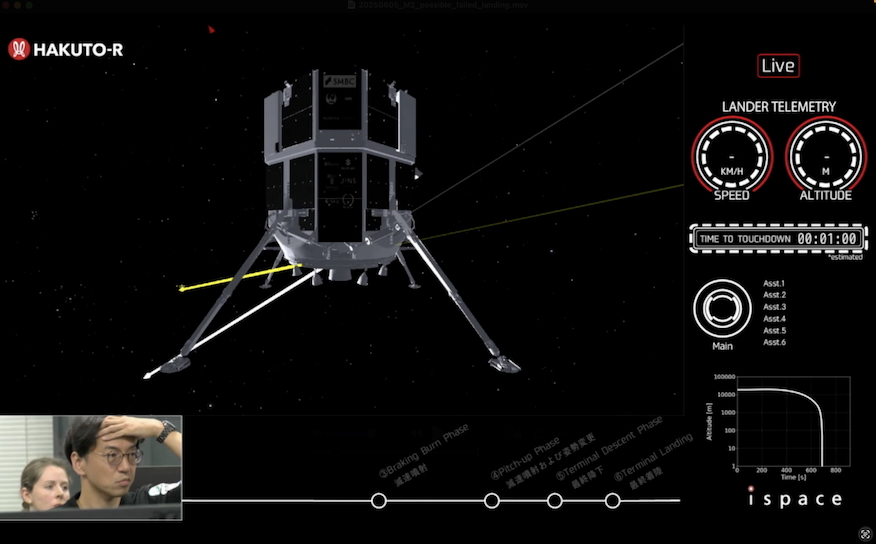
The roughly 7.5-foot-tall lander carried with it a few science payloads from companies in Japan as well as a shoebox-sized rover from ispace-Europe, named Tenacious. Had the landing been successful, it would’ve been the first European rover to operate on the Moon.
Resilience was aiming for a soft landing in the northwestern part of the Earth-facing side of the Moon in a region known as Mare Frigoris, latin for the Sea of Cold. It’s located about 60.5 degrees north and 4.6 degrees west.
There were also some art installations on the lander, including a piece from Swedish artist, Mikael Genberg, which was a small model of a typical, red Swedish house. Weighing just about 3.5 ounces, it was going to be placed on the Moon’s surface by the Tenacious rover and then imaged.
During a prelaunch briefing, Genberg and his team discussed the importance of the project to them and how they hoped it could spark conversations and connections with the house on the Moon. Technical Lead Emil Vinterhav said it was difficult to imagine how a failed mission would feel after working towards this goal for 25 years.
“For the last few days, I’ve been trying to prepare myself for what happens if it doesn’t go nominally because the entire focus has been on success all those years,” Vinterhav said. “When I search myself, I find it’s going to be a very big feeling of emptiness, but at the same time, we will be on the Moon. We reached the Moon, maybe not exactly as we [planned], but it was never going to be exactly as we wanted it to be.”

ispace now also has some soul searching to do. This is the company second landing failure in its first two missions, despite applying lessons learned from its first landing attempt in 2023.
Next up, it’s American subsidiary, ispace-U.S., is on contract along with Draper with NASA to deliver a significantly larger lander, called Apex 1.0, to a region of the Moon on the far side called Schrödinger Basin. The lander will also deploy a pair of relay satellites to help with communication during the mission.
This is the first mission for ispace-U.S. and now carries the pressure of hopefully being the first successful landing for the company overall. That mission is set to launch in 2027, but as ispace Founder and CEO Takeshi Hakamada said Thursday night, they have a lot of work to do in finding the root cause of the Mission 2 failure first.
Stay Informed With the Latest & Most Important News
Previous Post
Next Post
-
 012024 in Review: Highlights from NASA in Silicon Valley
012024 in Review: Highlights from NASA in Silicon Valley -
 02Panasonic Leica Summilux DG 15mm f/1.7 ASPH review
02Panasonic Leica Summilux DG 15mm f/1.7 ASPH review -
 03How New NASA, India Earth Satellite NISAR Will See Earth
03How New NASA, India Earth Satellite NISAR Will See Earth -
 04And Thus Begins A New Year For Life On Earth
04And Thus Begins A New Year For Life On Earth -
 05Astronomy Activation Ambassadors: A New Era
05Astronomy Activation Ambassadors: A New Era -
06SpaceX launch surge helps set new global launch record in 2024
-
 07From Polymerization-Enabled Folding and Assembly to Chemical Evolution: Key Processes for Emergence of Functional Polymers in the Origin of Life
07From Polymerization-Enabled Folding and Assembly to Chemical Evolution: Key Processes for Emergence of Functional Polymers in the Origin of Life












